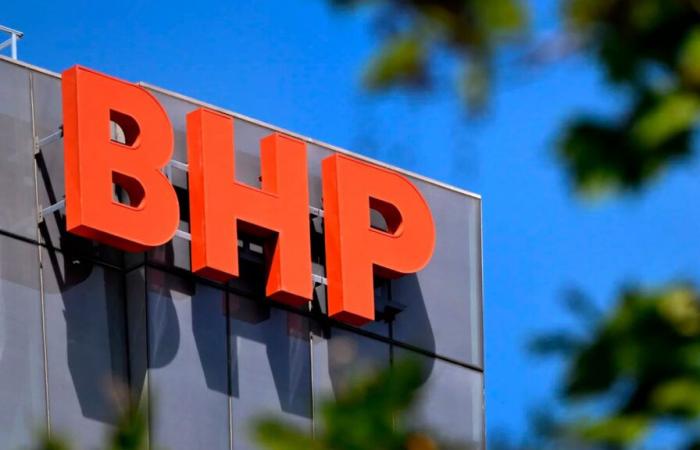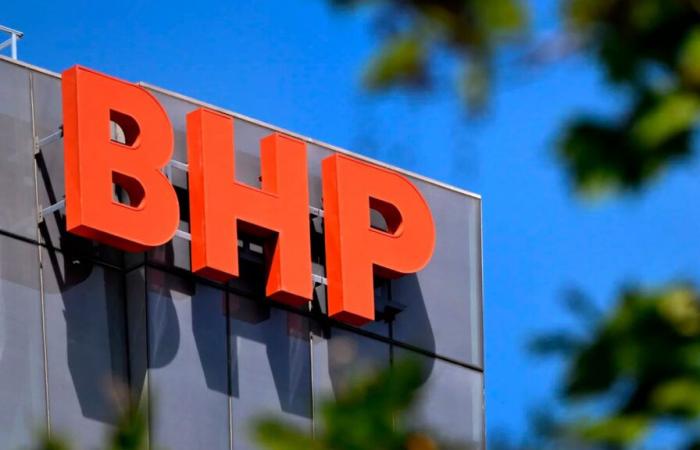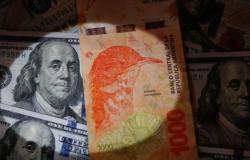Newmont registered adjusted profits of $ 1.25 per share, significantly above $ 0.88 per share that analysts expected.
Newmont Corporation (NYSE: NEM) reported results of the first quarter of 2025 that exceeded the expectations of analysts, driven by high gold prices and the solid production of its portfolio of assets Tier 1. The actions of the world’s largest gold producer rose 0.8% in the operations after the closing of Wednesday after the publication.
Newmont registered adjusted profits of $ 1.25 per share, significantly above $ 0.88 per share that analysts expected. The income increased by 25% year -on -year to 5,010 million dollars, also exceeding estimates of 4,570 million dollars.
The company benefited from an increase in gold prices, with an average price made of $ 2,944 per ounce in the first quarter, compared to $ 2,090 per ounce of the previous year. This helped compensate for a 19% decrease in gold production to 1.54 million ounces, which was expected due to the sale of assets and planned mines sequencing.
“Newmont has delivered 1.5 million attributable gold and generated a record free cash flow for a first quarter of 1.2 billion dollars, demonstrating the strength of our unique portfolio Tier 1,” said Tom Palmer, executive director and president of Newmont.
-The company said that it is on its way to complying with its forecasts by 2025. It also completed its non -essential assets disinvestment program in the quarter, generating up to 4.3 billion dollars in total gross income.
Newmont declared a dividend of $ 0.25 per share for the first quarter. The company maintained a solid balance, finishing the first quarter with 4.7 billion dollars in cash and 8,800 million dollars in total liquidity.
Although production decreased as planned, total Newmont maintenance costs increased 13% to $ 1,651 per ounce compared to the previous quarter. The company indicated that this was mainly due to the lower production of gold and higher royalty costs.
Looking ahead, Newmont expects the production of the second quarter to be in line with the levels of the first quarter, with similar or slightly higher costs. The company anticipates that the free cash flow will be negatively affected in the second quarter for the sale of assets, higher tax payments and an increase in capital spending on key projects.







